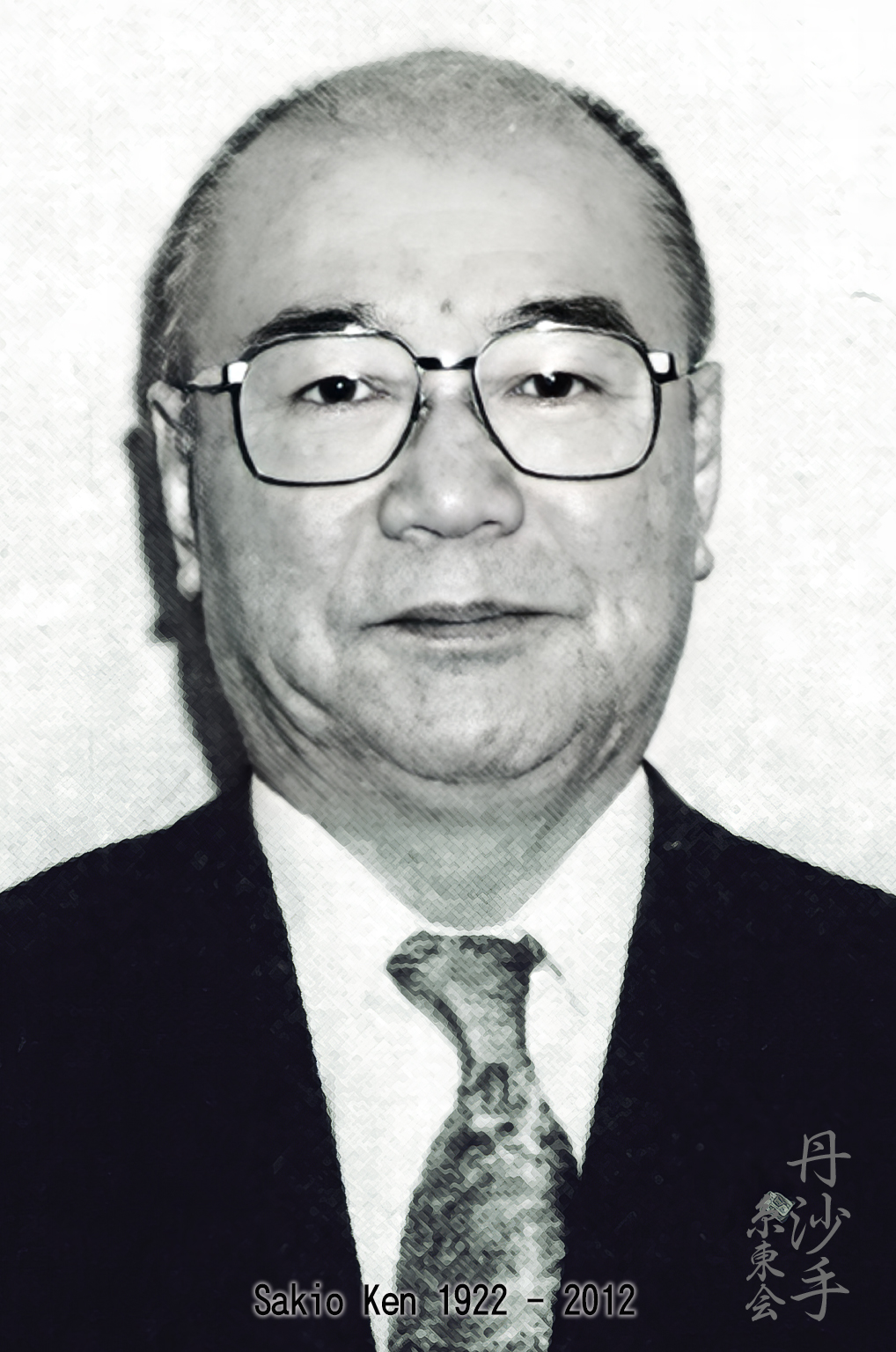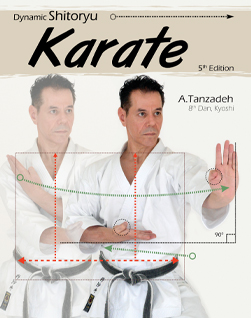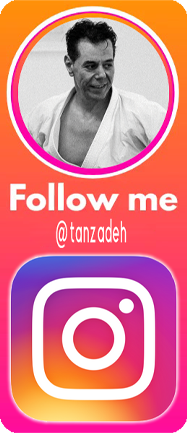Sensei Ken Sakio was born on January 2, 1922, in Tokyo, Japan. From a young age, he demonstrated a deep interest in martial arts. In 1933, at just 11 years old, he began his training in Kendō and Jūdō, laying the foundation for his lifelong journey in Japanese martial traditions.
In 1939, while studying at Toyo University, he joined the university’s Karate Club. It was there that he began his formal Karate training under Sensei Chōki Motobu, a formidable figure in Okinawan Karate. His dedication led him to seek further knowledge, and he later studied under Sensei Kenwa Mabuni, the founder of Shitō-ryū Karatedō. Determined to deepen his understanding, Sakio also traveled to Okinawa to learn under some of the greatest masters of the time, including Sensei Chōjun Miyagi, Sensei Chōshin Chibana, and Sensei Masashige Shiroma.
In 1942, he received the prestigious rank of Renshi—the highest level of teaching license at the time—from the Dai Nippon Butoku Kai, recognizing his extraordinary dedication and skill. By 1949, he opened his own dōjō (now known as Seifukan) under the direct guidance of Master Kenwa Mabuni. He also served as a Karate instructor at several high schools, including Shimizudani High School and Ontemon High School, helping spread Karate to younger generations.
Sensei Sakio’s contributions extended into academia as well. From 1953, he served as an instructor at the Karate Club of Kansai University and other universities, shaping generations of university-level Karate practitioners. His technical knowledge and experience led to his appointment in 1969 as an advisor to the technical committee of the Japan Karatedo Federation (JKF), a key role in maintaining the technical integrity of Karate in Japan.
In 1972, he was named one of the first-class certified referees of the JKF, further establishing his reputation as a martial arts leader of both integrity and expertise. Later, in 1982, he was honored with the Award of Martial Art by the Nihon Budō Kyōgi Kai (Japan Martial Art Association), in recognition of his lifetime contribution to Karate and budō culture.
In 1993, following the passing of Master Manzo Iwata, Sensei Ken Sakio was appointed as President of the All Japan Karate Federation Shitō-kai, as well as President of the World Shitō-ryū Karatedō Federation (WSKF). His leadership helped maintain the unity and legacy of the Shitō-ryū style globally.
He was later recognized as a 9th Dan holder by the Japan Karatedo Federation (JKF) in 2004, and in 2009, he was appointed Honorary President and then Senior Advisor of the All Japan Karate Federation Shitō-kai—roles that reflected the deep trust and admiration he held within the Karate community.
Sensei Ken Sakio passed away on June 4, 2012, leaving behind a towering legacy as a teacher, leader, and guardian of traditional Karatedō. His life’s work lives on in the thousands of students and instructors around the world who continue to walk the path he helped build.
Master Sakio Ken’s Recollection of Founder Kenwa Mabuni
(Excerpts from the book “Kunshi-no-Ken” – “Fists of the Man of Virtue” by Ken Sakio)
The first time I met Master Kenwa Mabuni was in July 1939, when I traveled to Okinawa to visit the Founder of Shitō-ryū Karatedō. My intention was to receive letters of introduction so that I could study under Sensei Chōjun Miyagi, Sensei Chōshin Chibana, and Sensei Masashige Shiroma.
At the time, I was training at the Karate Club of Toyo University under Sensei Chōki Motobu. After Sensei Motobu retired and returned to Okinawa, I found myself without direction. As a young and perhaps somewhat reckless student, I took it upon myself to visit Master Kenwa Mabuni in Okinawa and ask for his help—a bold request for someone of my inexperience.
Yet, Master Mabuni, with kindness and humility, welcomed me warmly. He took the time to speak with me and graciously provided the letters of introduction I had come seeking. He also shared some words of guidance. That encounter, born of coincidence and youthful desperation, became the turning point that eventually led me to study directly under him.
It was a time just before the outbreak of the Pacific War in December 1941, and uncertainty clouded our future. Even amidst such unease, I found myself drawn to the character of Master Mabuni and to the deep beauty of Karate itself. I committed myself fully to training under his guidance until I was conscripted in April 1943. During that short period, I trained day and night, trying to absorb as much as possible. I often brought my lunchbox to the dōjō and practiced so late into the night that I missed the last train home. Looking back, I feel deep gratitude to Master Mabuni, his wife, and their son Kenzo Mabuni for the care they gave me. At the same time, I sincerely regret any inconvenience I may have caused them.
Master Mabuni was around 50 years old then—perhaps at the height of his own Karate journey. His teaching was so complete, so refined, that it left me in awe. I remember struggling to keep up, amazed by the depth he had already reached and by his ongoing search for something even greater—something far beyond my understanding. He was truly pursuing the essence of Karatedō.
After the war, I came to realize that I had not yet fully absorbed what Master Mabuni had tried to teach me. Now, more than fifty years later, I must humbly confess that I still feel inadequate in grasping the true essence of his teachings. I continue to strive, always guided by his example.






